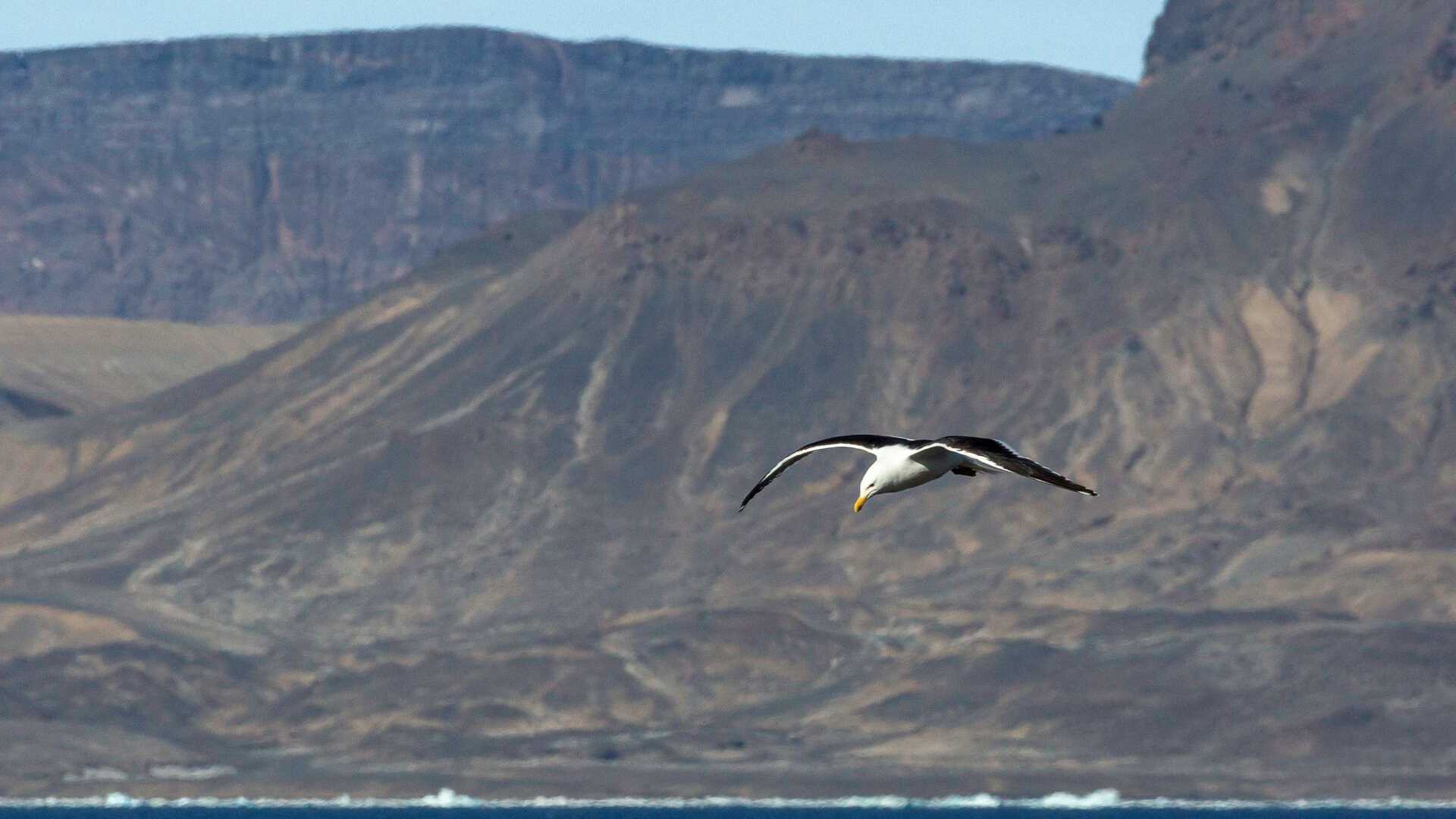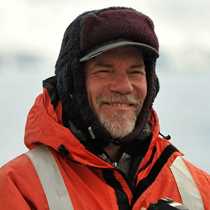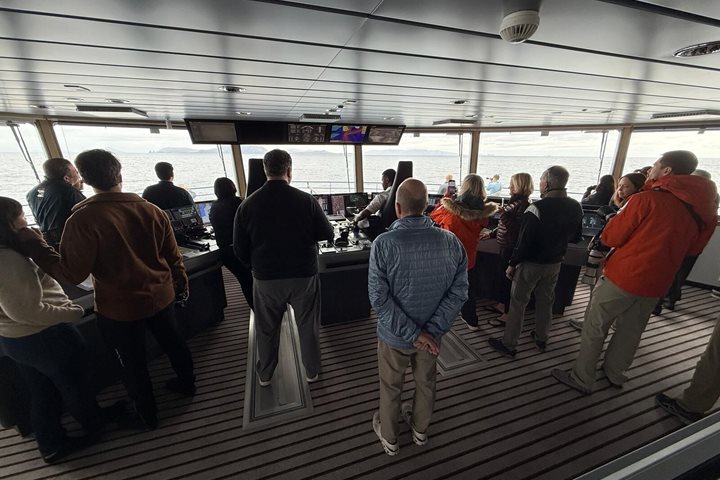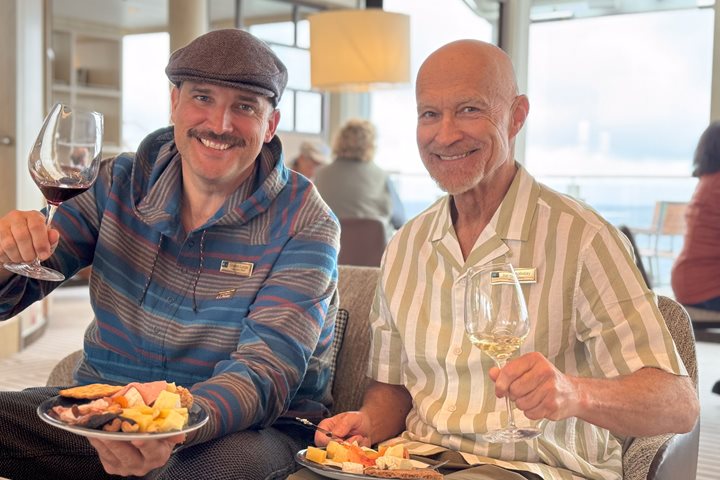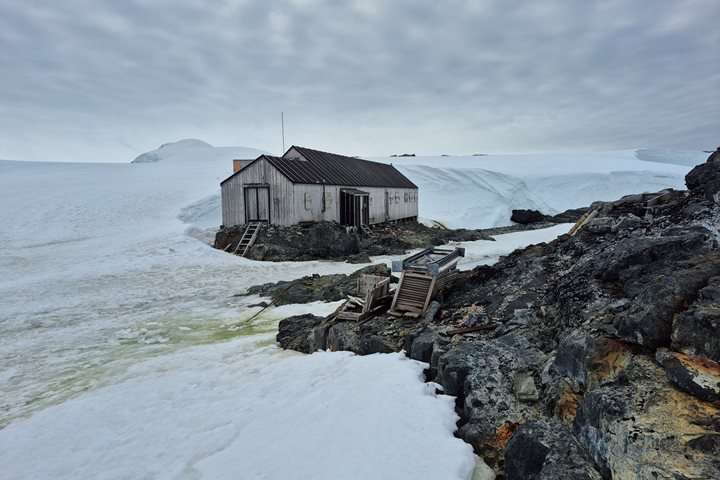Rounding the northern tip of the Antarctic Peninsula and cruising down from the Bransfield Strait into Antarctic Sound, we woke up this morning to an amazing scene of the huge icecap on the Trinity Peninsula. We observed clusters of enormous tabular icebergs all around us. Our first planned landing at Brown Bluff was not possible due to winds from the north, so we made our way down to Devil Island, located in the Erebus and Terror Gulf. The water off the northern coast of this small mountainous island was completely full of small icebergs. This amazing natural sculpture garden was full of incredible shapes and the magical blues of Antarctic ice–a perfect place for a Zodiac cruise. In the afternoon, we made our way around the east cape of Vega Island and south to James Ross Island, where we made a landing in a true polar desert–a broad, rocky plain decorated with occasional brilliant patches of moss.
2/28/2025
Read
National Geographic Resolution
Northbound Drake Passage, Cape Horn, and the Beagle Channel
This morning, we had a later start than usual after a late night enjoying the crew show. Our galley team gifted us with a fulfilling brunch. We then had a brilliant forum about climate change with the participation of our panel of experts onboard. Afterward, our expedition leader called us to the bow to see Cape Horn, which was only a few miles ahead. The good weather allowed us to have a smooth and fast crossing, allowing extra time to swing by Cape Horn, the most southern tip of the Americas. Over the PA system, Steven provided a very interesting description of the historical importance of this area, then Pablo read a beautiful poem, a memorial to the seaman lost at sea. We could see the monument in the distance, two metal sheets that depict an albatross in flight. During the afternoon, we enjoyed Madalena’s presentation about Women in Antarctica. This was an incredible voyage through the struggles and delays of allowing women to participate in science and logistics in Antarctica. We entered the Beagle Channel around 17:00 and we encountered black-browed albatrosses, cormorants, dolphins, and whales. On our final approach to the beautiful city of Ushuaia, we passed by Les Eclaireurs Lighthouse and some of the seals that live in the Bridges Islands Archipelago.

